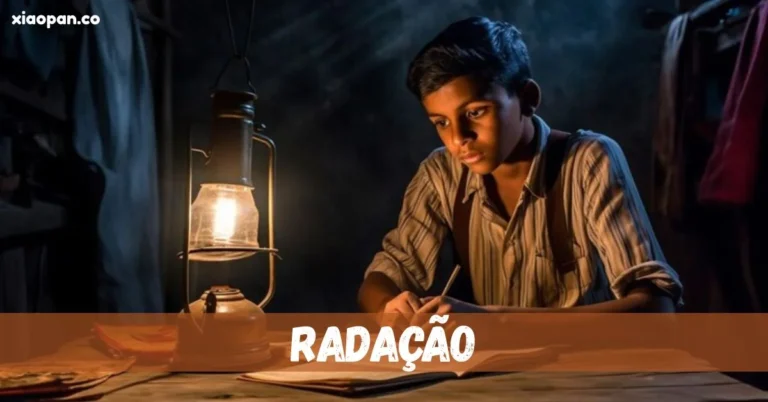In an era dominated by sterile LED panels and algorithm-generated lighting schemes, a counter-movement is emerging—Radação (from Portuguese radiação, meaning “radiation,” but reinterpreted as “the art of light diffusion”). This philosophy celebrates the imperfect, human-crafted glow of analog light sources—hand-blown glass lanterns, hand-poured beeswax candles, and hand-forged metal sconces—each casting warmth that no digital screen can replicate.
Radação isn’t just about illumination; it’s about reclaiming the emotional resonance of light as a medium that shapes mood, memory, and even social interaction. From Lisbon’s candlelit fado bars to Tokyo’s paper-lantern alleys, practitioners are rediscovering how textured, mutable light can slow time and deepen presence. This article explores the origins of Radação, its scientific and cultural foundations, and how designers are integrating its principles into modern spaces to combat the sensory flatness of our screen-saturated lives.
1. The Physics of Warmth: Why Analog Light Captivates Us
Radação’s power stems from fundamental differences between natural/organic light sources and their digital counterparts. Flame-based and diffused lighting produces blackbody radiation—a continuous spectrum of wavelengths that mimics sunlight, triggering primal comfort responses. In contrast, LED and fluorescent lights emit spike radiation (discrete wavelengths), which studies link to increased cortisol levels.
The flicker of a candle flame oscillates at 5-12Hz—a range that synchronizes with human alpha brain waves, inducing calm, while the irregular shadows cast by hand-punched tin lanterns create what neuroscientists call “soft fascination,” a state of relaxed alertness ideal for creativity. Architects employing Radação principles, like Mexico’s Luis Barragán, strategically place ochre-tinted windows to bathe rooms in golden-hour hues year-round, proving that light quality matters as much as quantity.
2. The Radação Maker Movement: Crafting Luminous Objects
At the heart of Radação lies a revival of light-crafting traditions:
-
Venetian lume di notte: Glassblowers using 16th-century techniques to create air-pocketed bulbs that scatter light like fireflies
-
Kyoto washi akari: Lantern makers layering mulberry paper to achieve gradients from dawn pink to midnight blue
-
Marrakech fanoos: Metalworkers piercing brass to cast intricate shadow mosaics
These artisans don’t just make lighting fixtures; they create “time machines”—objects that transport users to pre-digital sensory experiences. London’s Dappled Light Studio now offers workshops teaching urbanites to forge their own copper sconces, while Brooklyn’s Flux Foundry crafts Edison bulbs with intentional imperfections that create living Rorschach patterns on walls. The movement’s credo? Better one beautifully flawed glow than a thousand perfect lumens.
3. Radação in Modern Design: From Homes to Hospitals
Forward-thinking spaces are integrating Radação principles with striking results:
-
Hospitals: Swiss clinics use adjustable honeycomb-paper lamps to reduce patient anxiety without compromising surgical task lighting
-
Workplaces: Berlin’s Analog Office replaces overhead LEDs with desk-mounted candle-powered lamps (flame safely enclosed), reporting 30% fewer migraine complaints
-
Retail: Tokyo’s Shadow Market boutique illuminates products solely through reflected candlelight, doubling dwell time
Lighting designers achieve this through “biomimetic diffusion”—materials like alabaster, salt crystal, and frosted horn replicate how nature softens sunlight through clouds or leaves. The effect? Spaces feel alive rather than illuminated.
4. The Anti-Blue Light Rebellion: Radação as Digital Detox
With blue light exposure linked to sleep disruption and digital fatigue, Radação offers solutions:
-
Evening Rituals: Replacing screen time with oil lamp reading sessions (Portuguese hora do lume)
-
“Dark Dinners”: Restaurants like Oslo’s Mørk serve meals in rooms lit solely by dish-specific lighting—a squid-ink pasta under indigo-tinted candlelight
-
Sleep Sanctuaries: Bedrooms employing Radação circadian design—amber glass nightlights that mimic firelight’s wavelength
Neuroscience supports this: participants in a 2024 Munich study fell asleep 22 minutes faster after Radação-style evening lighting versus standard home bulbs.
5. Cultivating Radação: How to Bring Analog Light Into Your Life
Transforming your relationship with light requires small but deliberate changes:
-
Layer Your Sources: Combine overhead (minimal), task (focused), and ambient (Radação-style) lighting
-
Embrace Asymmetry: Cluster candles or lanterns unevenly to create natural shadow play
-
Choose Dynamic Materials: Hang a kintsugi-repaired glass globe that refracts light differently each day
-
Time Your Transitions: Switch to warm, low sources 2 hours before bedtime
For urban dwellers, Micro-Radação practices help—a single handmade olive oil lamp on the desk, or smartphone covers that diffuse blue light into warmer spectra.
Conclusion: The Light That Reminds Us We’re Human
Radação ultimately answers a question we’ve forgotten to ask: What is light for? In reconnecting with flickering, breathing illumination, we rediscover that light’s highest purpose isn’t just to reveal the world, but to help us feel our place within it. As we navigate an increasingly virtual existence, these crafted glows become lifelines—not just to see by, but to be by.

